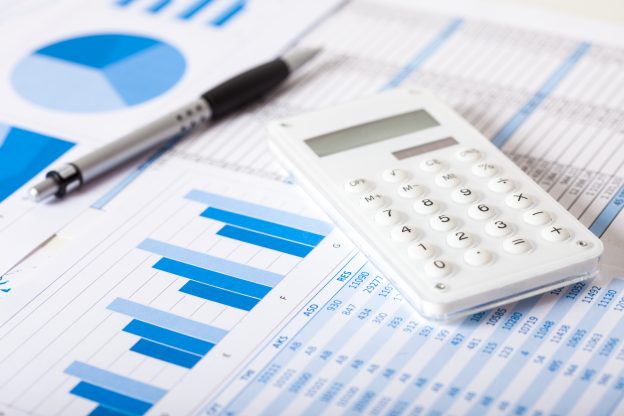Perovskite solar energy conversion efficiency is high but it is also known for its endurance. American scientists have now used new solar testing technology to find that perovskite solar cells have high efficiency and can be used for 30 years and their service life even exceeds that of the 20 year lifespan of silicon solar energy.
Perovskite is a semiconductor with a special crystal structure suitable for solar energy and various optoelectronic technologies. Compared with silicon solar energy, perovskite solar energy has a more friendly process. It can be manufactured at room temperature and requires less energy. In addition to the cheaper and more sustainable process, perovskite solar can also be made into flexible or transparent modules, further expanding the application range of solar panels.
However, different from silicon solar energy, perovskite solar cells are super fragile. In the early years from 2009 to 2012, the life of perovskite solar cells was only a few minutes and then gradually increased to several days and weeks and finally the unit lasted months. Then in 2017, a Swiss research group published a paper that showed perovskite solar cells could run for a year. A Princeton University team found that battery life was longer than expected.
The team believes that this is because solar cell aging verification technology has made great progress in recent years. Given the fragility of perovskite solar energy, scientists have used different ways to test various cell designs and architectures in the past and it is worth noting that we now have ways to test these devices and understand their long-term performance, says engineering professor Lynn Loo.
The researchers looked at the degradation of the battery by heating the device and they chose four different temperatures to measure the results ranging from a typical summer temperature to an extreme temperature of 110 degrees Celsius. They found that at an average temperature of 35 degrees Celsius the device could operate at 80 percent or better efficiency under continuous lighting for at least 5 years.
According to Loo, that's the equivalent of 30 years of operating outdoors in Princeton, USA.
However, since researchers cannot actually spend 30 years testing solar cell devices this new testing method can be said to be another research addition. Joseph Berry, a senior researcher at the National Renewable Energy Laboratory who was not involved in the study, said that in the future the study could become a prototype for the intersection of efficiency analysis and stability.







